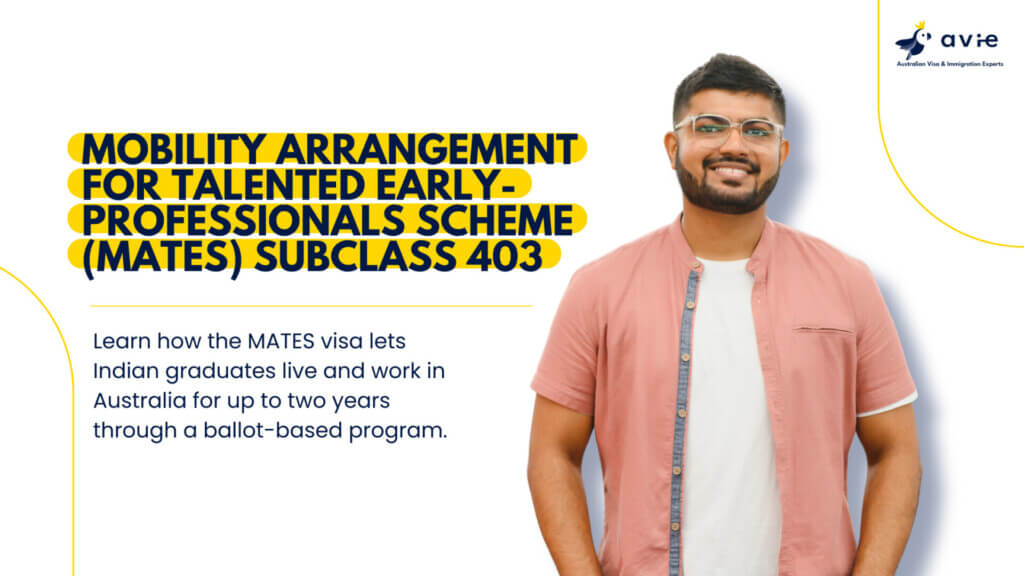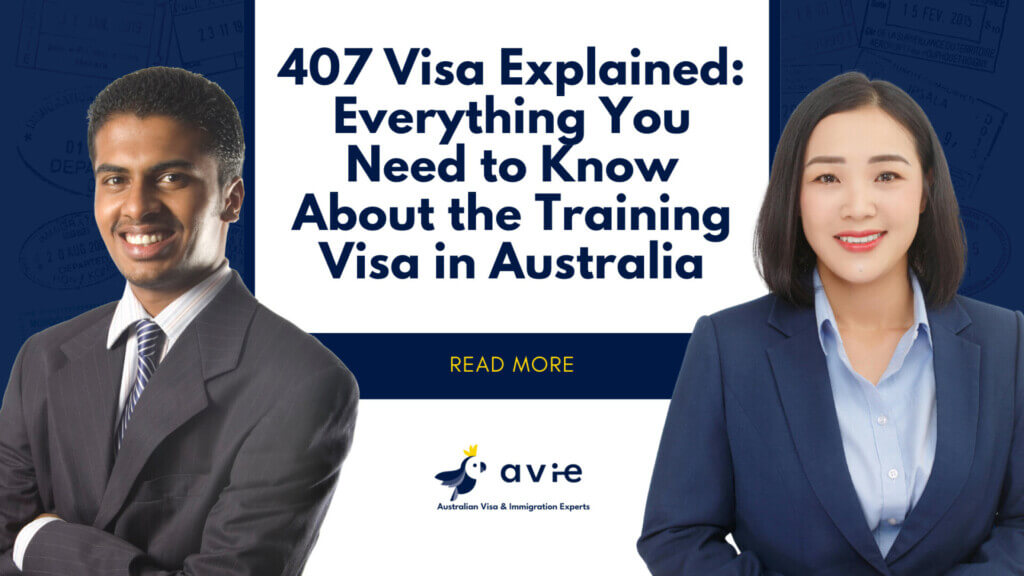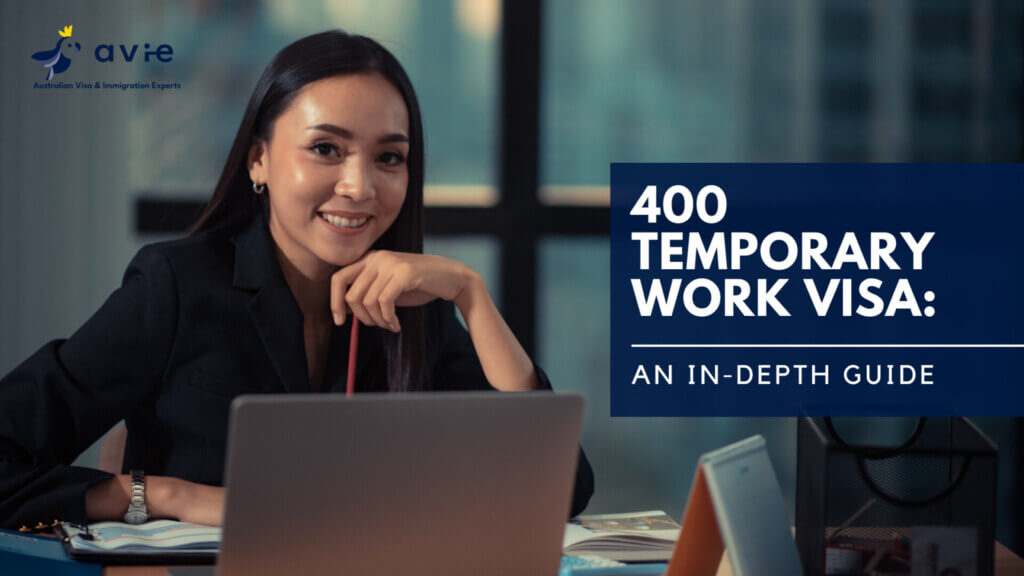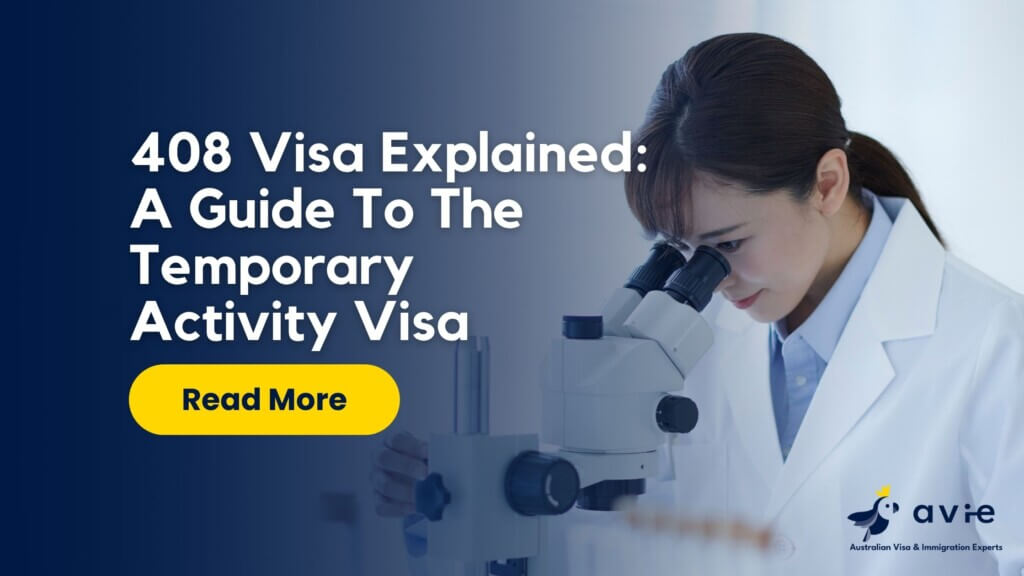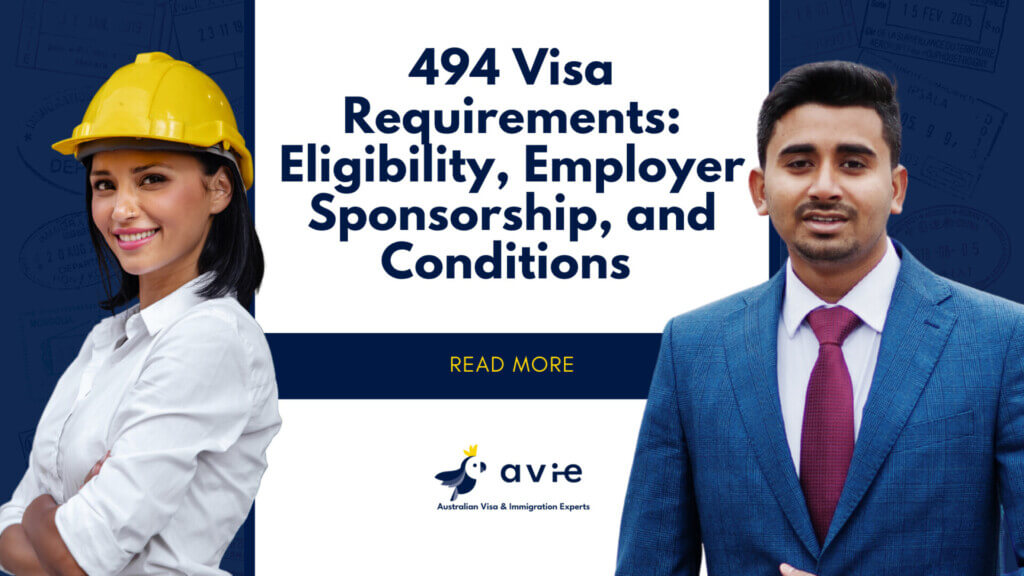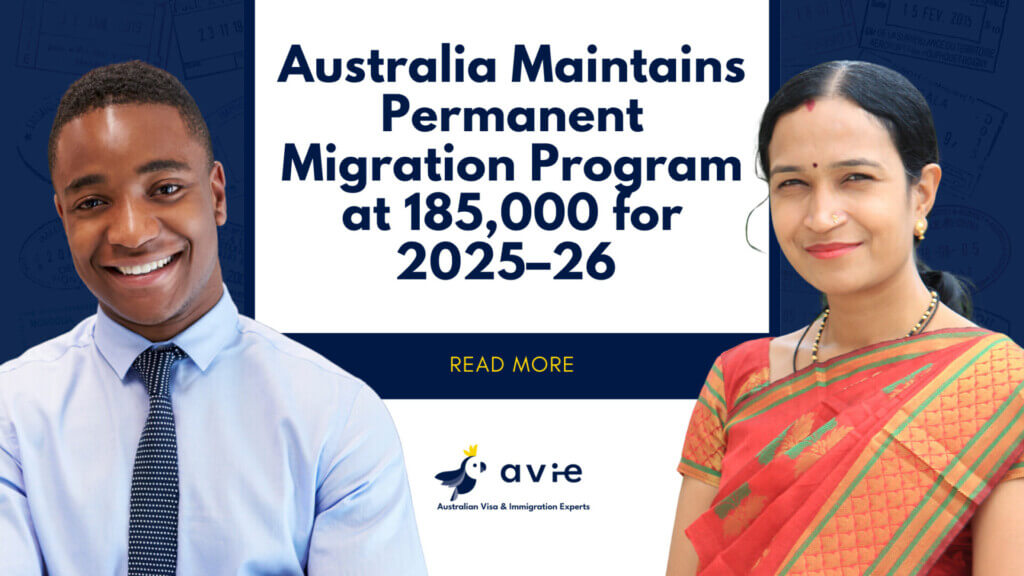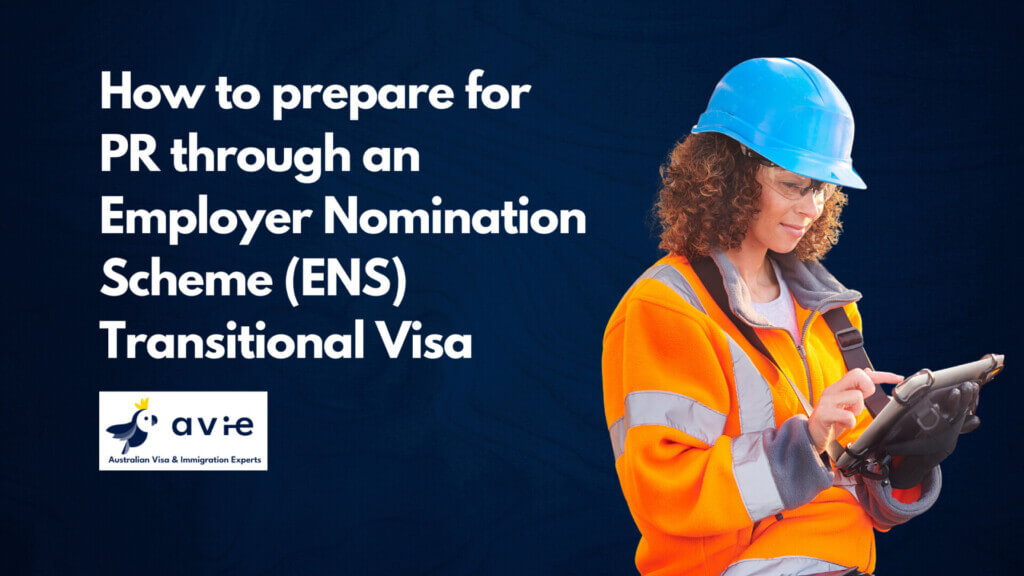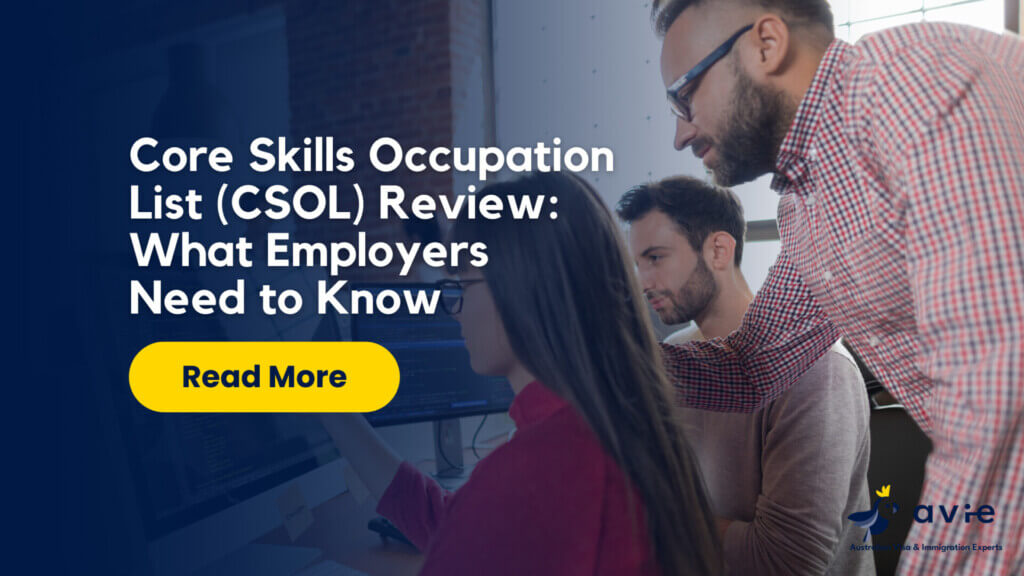What is a Subclass 186 Employer Nomination Scheme Visa?
The Subclass 186 Employer Nomination Scheme or ENS visa is designed for skilled individuals to secure permanent residency in Australia with the backing of employer sponsorship.
There are three pathways to qualify for the Subclass 186 visa; Direct Entry, Transitional, and Agreement. Each pathway has a specific set of criteria associated with the nominated occupation, qualifications, work experience, and English language proficiency.
The Subclass 186 visa, with its comprehensive set of conditions and benefits, is a great option for Australian businesses looking to secure long-term, permanent staff.

Timeline of key changes – 186 Visa
7 August 2025
- New English language tests accepted for 186 visa applications
- Change to acceptable evidence for Functional English for adult dependents
1 July 2025
- Core Skills Income Threshold (CSIT) increased to $76,515 per annum
7 December 2024
- Introduction of new Core Skills Occupation List (CSOL) for the 186 Direct Entry program. The Medium-Term (MLTSSL) occupation list no longer applies.
- Temporary Skilled Migration Income Threshold (TSMIT) replaced by Core Skills Income Threshold (CSIT) at $73,150
- ENS Transitional stream amended to allow 2 years of work experience in nominated occupation; no longer required to be with the same sponsor
1 July 2024
- Temporary Skilled Migration Income Threshold (TSMIT) increased from $70,000 to $73,150
25 November 2023
- Pathway to permanent residency opened to all 482 visa holders with an occupation in ANZSCO (does not include occupation code 070499)
- Transition period on 482 visa reduced from 3 years to 2 years
1 July 2023
- Temporary Skilled Migration Income Threshold (TSMIT) increased from $53,900 to $70,000
1 July 2017
- Medium-Long Term Skills Shortage List (MLTSSL) introduced. Only occupations on this list can apply for permanent residency.
Requirements for a 186 Visa
Nomination by an Australian employer is required for this visa type. The business must demonstrate that it is actively operating and there is a genuine need for the position.
The role must attract a ‘market rate’ salary that is no less than the Core Skills Income Threshold (CSIT) of $76,515.
A one-off Skilling Australians Fund (SAF) levy payment is payable for each nomination, with the amount determined by the turnover of the sponsoring business.
There are distinct differences between the visa pathways:
Direct Entry Stream
Applicants must:
- Be under 45 years of age.
- Have been nominated for an occupation on the Core Skills Occupation List (CSOL)
- Meet any occupation caveats that apply
- Provide a formal skills assessment and evidence of 3 years relevant full-time work experience.
- Demonstrate Competent English (secondary applicants over 18 must show Functional English)
- Meet health and character requirements.
Transitional Stream
Applicants must:
- Be under 45 years of age, unless an exemption applies.
- Have worked in their nominated occupation for at least 2 years as the holder of a Subclass 482 TSS and/or SID visa (note the 2 years no longer needs to be with the same employer).
- Have been nominated for an occupation in the ANZSCO*
- Demonstrate Competent English (secondary applicants over 18 must show Functional English)
- Meet health and character requirements – a health waiver option is available.
*If your 482 occupation is not on the ANZSCO, there may be options available; please contact us.
Read our guide on how to prepare for an ENS Transitional stream application here
Agreement Stream
Applicants must:
- Be under 45 years of age, unless concessions apply under the labour agreement
- Have been nominated for an occupation on the labour agreement
- Provide evidence of the qualifications and/or work experience required under the labour agreement
- Demonstrate Competent English unless concessions apply (secondary applicants over 18 must show Functional English)
- Meet health and character requirements.
Not all labour agreements allow for a permanent pathway. It may be possible to apply for permanent places at the initial negotiation stage, or via a labour agreement variation request.
How much does a 186 application cost?
As of 1 July 2025, the government application fees are as follows:
Nomination – $540 (nil for Transitional stream nominations in a regional area)
Skilling Australians Fund (SAF) levy – $3,000 or $5,000 one off, depending on turnover
Visa Application – Main Applicant – $4,910
Visa Application – Dependent Applicant over 18yrs of age (each) – $2,455
Visa Application – Dependent Applicant under 18yrs of age (each) – $1,230
How long does a 186 take to process?
As of 11 December 2025, Immigration advises the current processing times are as follows:
| Application Type | 50% processed within | 90% processed within |
| Direct Entry Stream | 8 months | 19 months |
| Transitional Stream | 12 months | 19 months |
| Agreement Stream | 5 months | 8 months |
Applications are processed in accordance with Ministerial Direction 105, in the following order of priority:
- For employer sponsored visas, applications in relation to an occupation to be carried out in a designated regional area. – 186 is included in this priority group
- Visa applications in relation to a healthcare or teaching occupation. – 186 is included in this priority group
- For employer sponsored visas, applications where the applicant is nominated by an Approved sponsor with Accredited Status.
- Visa applications that count towards the migration program. – 186 is included in this priority group
- All other visa applications – processed in the order of lodgement, may take longer than standard processing times.
Why Choose AVIE for Immigration Services?
![]()
![]()
Personalized Guidance – Every migration journey is unique, and we provide tailored advice to match your circumstances and goals.
![]()
![]()
![]()
![]()
![]()
![]()





















